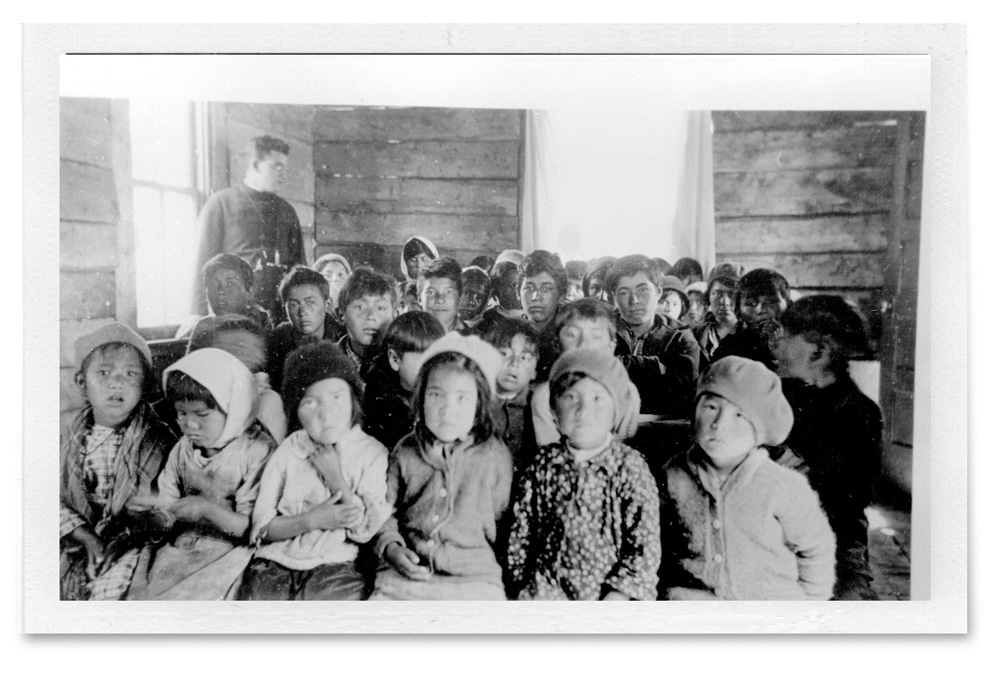
The goal of the Conference on Indian Residential Schools was clear for the roughly 120 people who attended in Mistissini June 15 and 16: find a way for victims to be properly compensated within a Cree framework.
“The objective was to educate more people of the present status of the residential school issue for the Crees,” said Charles Esau, the Public Health Officer in Waskaganish. “It was also to pursue a way of resolving the post-residential school trauma and present-day matters of communities of social concern with legal support from leadership. And to identify community members and to give them hope that they can recognize their rights and freedoms that were violated within these schools.”
The conference was touted as a political act, although Esau recognizes the importance of having a conference that focuses more on healing in the future.
“I believe more healing and education conferences for all Crees should be the goal, because residential school syndrome affects the Cree Nation regardless if one attended these schools or not. It will still be a problem for the future generations if nothing is done about the trauma that some of our people experienced.”
Bill Namagoose, the Executive Director of the Grand Council of the Crees, said the overwhelming consensus was to approach the issue collectively, as opposed to a case-by-case basis. Namagoose said a collective agreement would work better for the Cree Nation than the class action lawsuit under the AFN based on each individual’s case.
“We want to negotiate something with the federal government whereby we can administer the healing program or the compensation program,” he said. “That’s the indication that we got. There has to be a Cree solution to the problem.”
Namagoose went on to tell the Nation that only once former Supreme Court Judge Frank Lacobucci releases his report for the federal government in March 2006 on the best way to deal with the residential school issue will the Grand Council know where they stand.
“In terms of a timeframe I think a five-year plan needs to be developed with key people from the Cree Nation,” Esau concluded, “starting with a regional coordinator and one from each community that can be taught to be trainers and educators.”
One of the issues addressed was the Alternative Dispute Resolution process negotiated by the AFN. The AFN agreed to a lump sum of money totaling $10,000 for each former student plus $3,000 for every year they attended the school.
The conference was done under a “no blame” policy in order to move ahead and heal some of the ever-present scars passed down from the residential school era. “You can spend all your time looking for people to blame, but the emphasis was that people wanted healing instead of blaming somebody,” said Namagoose. “People need to tell their story.”

